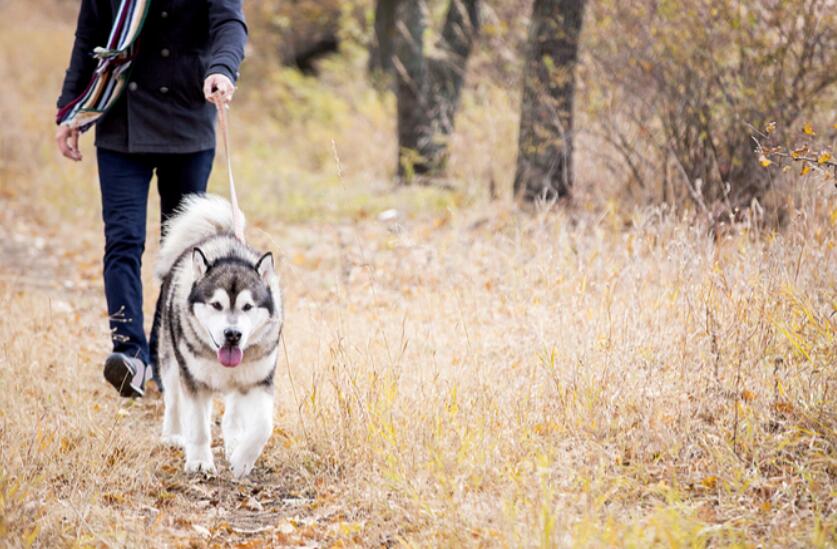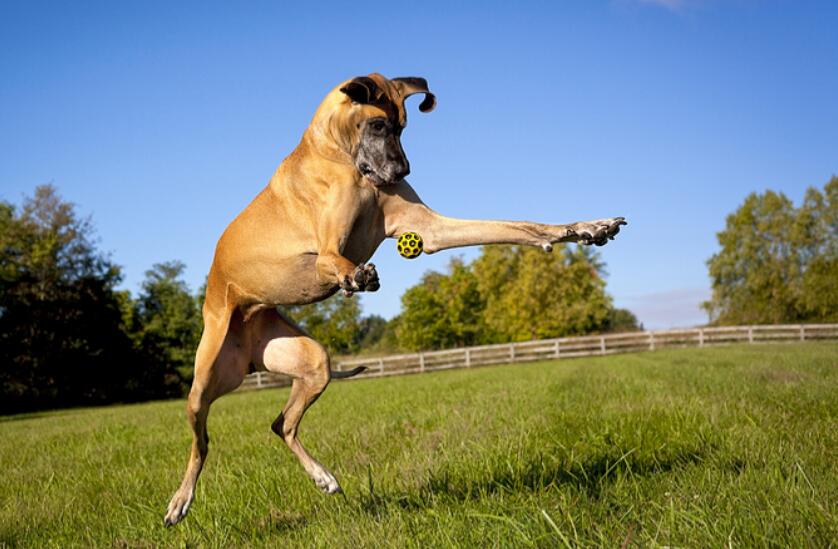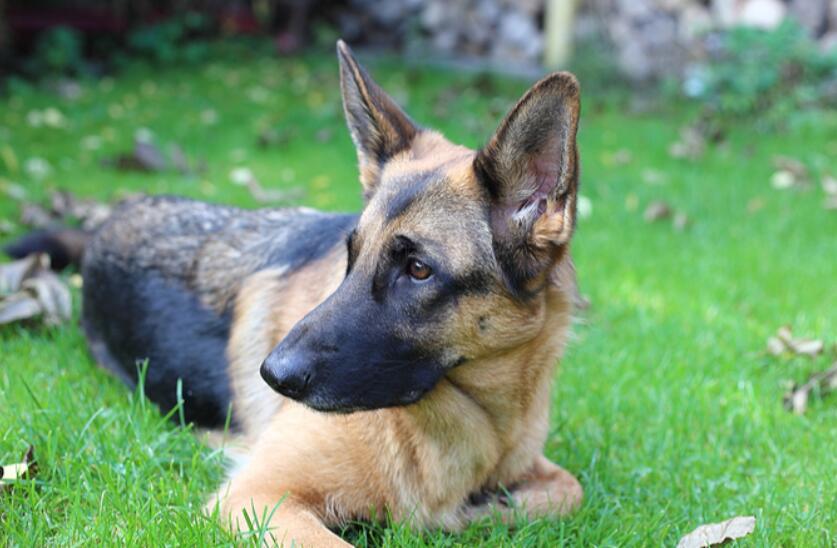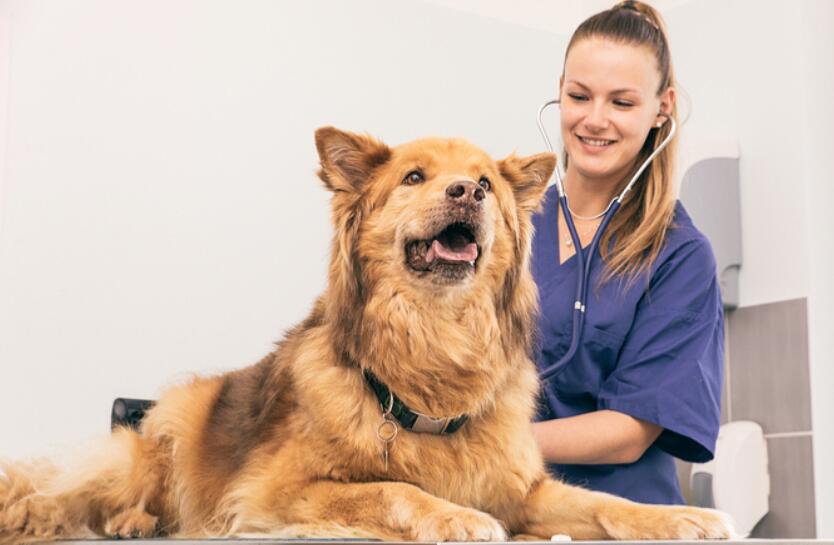 Back health is critical for dogs to get around. All quadrupeds (animals that walk on all four feet) depend on their hind limbs for certain functions, while their front ends depend on other animals, but the back is where they are tied together. Therefore, an injured back can affect a dog’s ability to walk, play, get up, lie down, etc.
Back health is critical for dogs to get around. All quadrupeds (animals that walk on all four feet) depend on their hind limbs for certain functions, while their front ends depend on other animals, but the back is where they are tied together. Therefore, an injured back can affect a dog’s ability to walk, play, get up, lie down, etc.
In general, the best way to deal with back problems in dogs is to prevent them from happening in the first place. This means maintaining a healthy diet and weight, and keeping an active lifestyle with plenty of exercise.
Even if it’s just walking, the dog’s body must be moving.” Otherwise, the tissue will begin to deteriorate and lose its elasticity. The saying goes, if you don’t use it, you lose it – yes.
But once the condition has progressed, it must be treated in a more specific way. Read on for the five most common back problems in dogs to find out if your dog is at risk and what can be done to relieve or prevent pain. Osteoarthritis
Osteoarthritis
This disease usually affects older dogs because it is usually caused by long-term degeneration of the articular cartilage, which then causes chronic joint inflammation.
The disease is slowly progressing and may vary in severity. In addition to being common in older dogs, dogs with a history of orthopedic surgery, disease or injury are particularly susceptible to osteoarthritis as they age.
Obesity is another cause of the disease because the extra weight means that the added pressure pulls down on the spine. Adipose tissue (fat) also secretes hormones that can increase inflammation in the joints and other parts of the body. Because osteoarthritis is not a curable disease, it is best to prevent it by practicing a healthy diet and exercising at an early age. You should also address trauma (e.g., falls, etc.) quickly to minimize ongoing damage to your dog’s body.
Regular chiropractic care is one way to treat the symptoms of osteoarthritis. Veterinarians may also recommend heat and cold therapy, medications, nutritional supplements, dietary management, physical therapy, acupuncture, surgery, and other treatments, depending on the circumstances. Subluxation
Subluxation
These are misaligned vertebrae in dogs that can interrupt neurological function. They are caused by prolonged poor posture and, in some cases, trauma, and neurological problems can lead to poor communication between the brain and the rest of the body. Owners may notice this because their dogs are unusually clumsy.
Veterinary chiropractors working with general veterinarians to treat through spinal adjustments can also be a painful condition.
By adjusting the problematic part of the spine, we can release the waste that builds up when the nerves are not functioning properly. This reduces inflammation and therefore pain. Intervertebral disc disease
Intervertebral disc disease
This condition, also known as disc slippage, can cause severe neck and back pain as well as weakness or paralysis in the hind limbs. It occurs when the jelly-like discs between the vertebrae bulge or rupture and push on the nerves in and around the spinal cord.
Breeds with abnormally short legs (including Dachshunds, Beagles and Badger Hounds) are genetically susceptible to this problem. In addition to the dog’s general response to pain, owners may notice this condition if the dog suddenly fails to use its hind legs properly and may have difficulty urinating and defecating. Surgery is the treatment of choice for severe cases, but a combination of pain relief, anti-inflammation, restricted movement and appropriate physical therapy is successful for mild to moderate cases. Syndromes of the lumbosacral
Syndromes of the lumbosacral
German Shepherds and other large dogs are susceptible to this condition, also known as cauda equina syndrome. This condition occurs when the nerves leaving the lumbosacral region of the lower back spine are compressed due to regional instability or narrowing of the region. The compression of these nerves results in a combination of pain, hind limb weakness or paralysis, abnormal hind limb reflexes, urinary and fecal incontinence, and abnormalities in the way the tail is carried or used.
Lumbosacral syndrome is treated in many dogs misdiagnosed as hip dysplasia. A thorough physical and neurological examination, often combined with x-rays, is required to make a correct diagnosis. Although lumbar s syndrome cannot be cured, pain medication, anti-inflammatory, activity restriction, appropriate physical therapy, weight loss management, and sometimes surgery can help these dogs maintain a good quality of life. Soft Tissue Trauma
Soft Tissue Trauma
These are commonly referred to as strains, sprains and strained muscles and can occur during exercise, after trauma or simply by taking poor measures. The most common symptoms of soft tissue injuries in the back include pain and reluctance to perform normal activities.
Icing is a good way to treat this type of acute injury. Anti-inflammatory medications, physical therapy and exercise therapy can also help. Surgery may be required in severe cases. You may also need to take steps to make it easier for an injured dog to get out and about. If you have an animal that likes to jump up on the couch or bed, use a dog step stool to make them more accessible so they don’t consistently absorb the shock of jumping into their legs and back. Other causes of back pain in dogs
Other causes of back pain in dogs
While these conditions are the most common causes of back problems in dogs, they should also be attributed to other conditions such as spinal fractures or dislocations, tumors, infections, blocked blood vessels, etc. If you suspect your dog has a back condition, make an appointment with your veterinarian. The sooner proper treatment is started, the more likely your dog will make a quick, full recovery.

